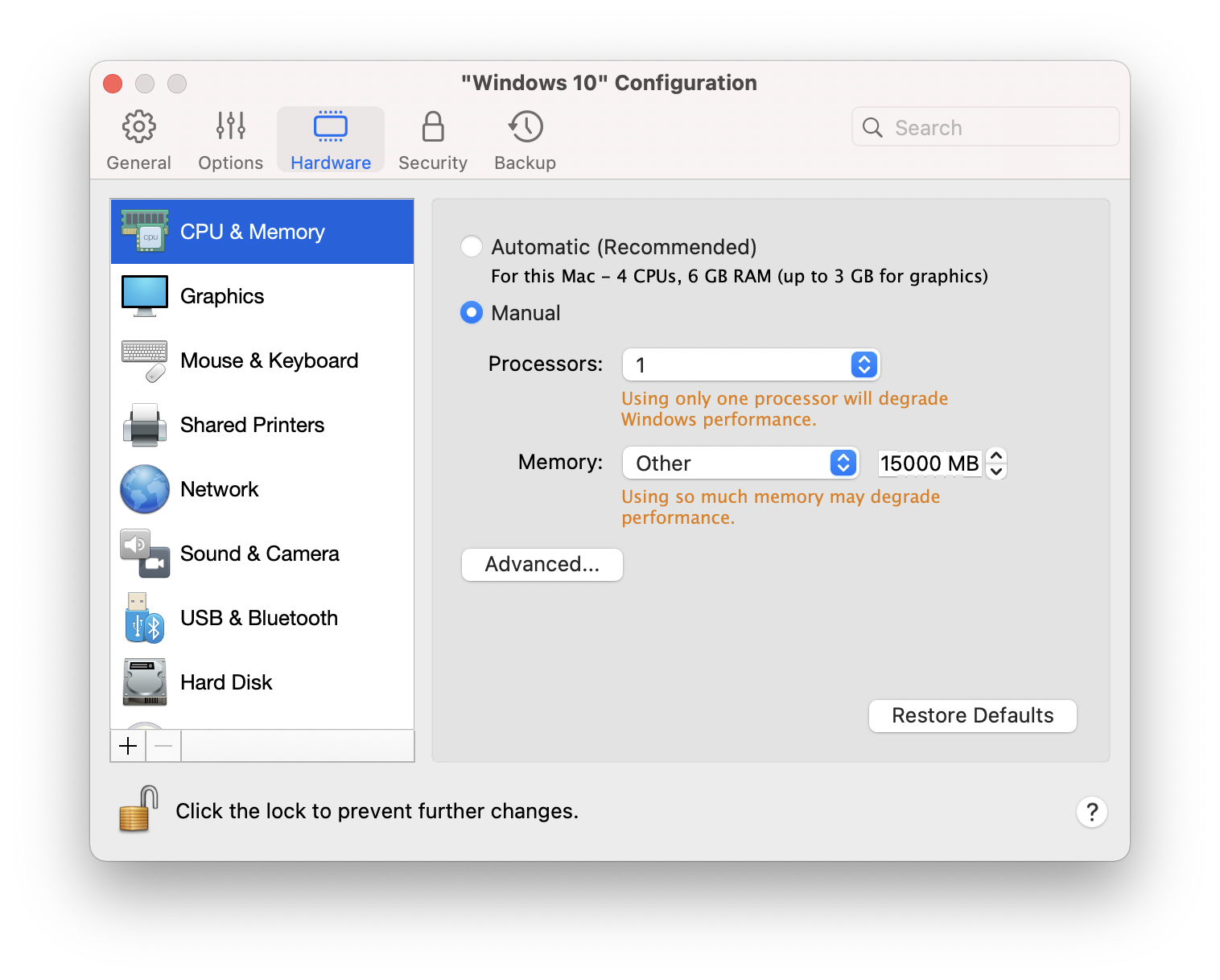

When we have everything safe, we click on finish. We select yes and the recovery process will start. This may take a few minutes. When the system recovery is complete, you will see a message informing you about it.ĭuring this process, you may not see any restore points. In this case, the system will notify you and you will have to go back to the System Protection tab. It may be because the recovery option is not activated. To activate it, within the aforementioned tab, there is a button called configure.

If we give the final approval to the affected programs, it is time to click on a previous restore point the day we install the program that we want to recover, and we click next. Here we will see which applications will be affected by the restoration process. Then we close. The Files and system restore settings page will then appear . After clicking next, we continue and click the Show more restore points tab . Here, we will see a list where other previous points will be shown to us. These times coincide with the day we installed an application or a system update took place.Īfter choosing the restore point that suits us best, we select Detect by affected programs. To restore the system to a previous point, we must go to the search bar next to the Windows start at the bottom left of the screen. Here we type Restore and, in the drop-down, the option Create a restore point will appear . We click on this option and a new window will open. Within the System Protection tab , we click on System Restore.

This so-called system restore point is activated when we install a new application or program on our computer, as well as with each new update. In this case, the files will not be affected if we reset our system. On the other hand, all the applications that have been installed afterwards will be removed. Therefore, this option must be calibrated well. It is possible that, by recovering an old program, we delete another application in parallel without wanting to.


 0 kommentar(er)
0 kommentar(er)
